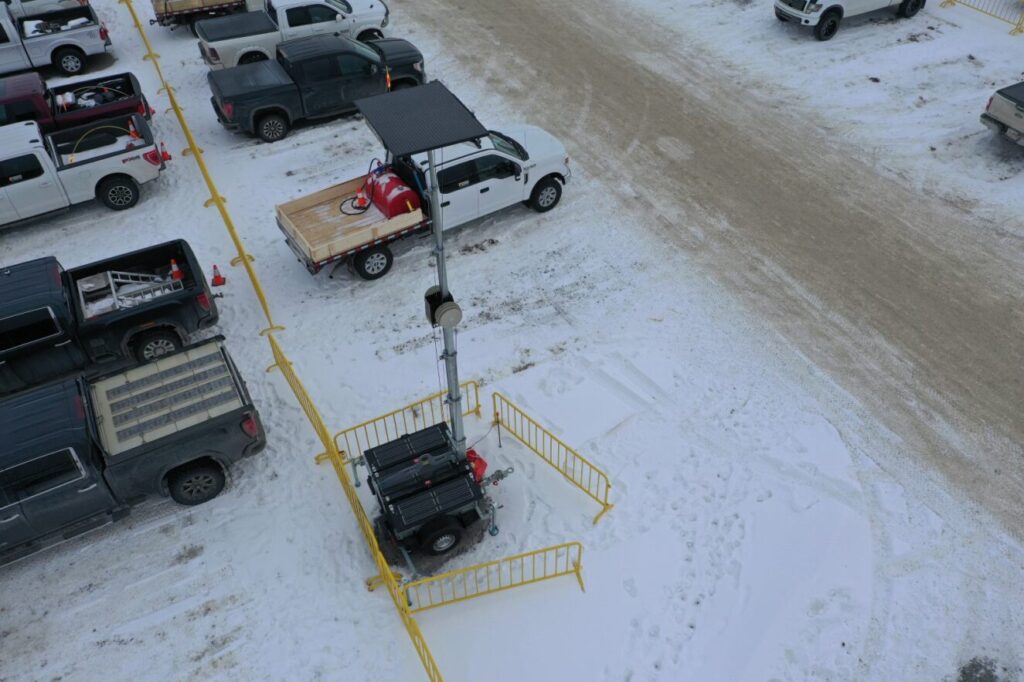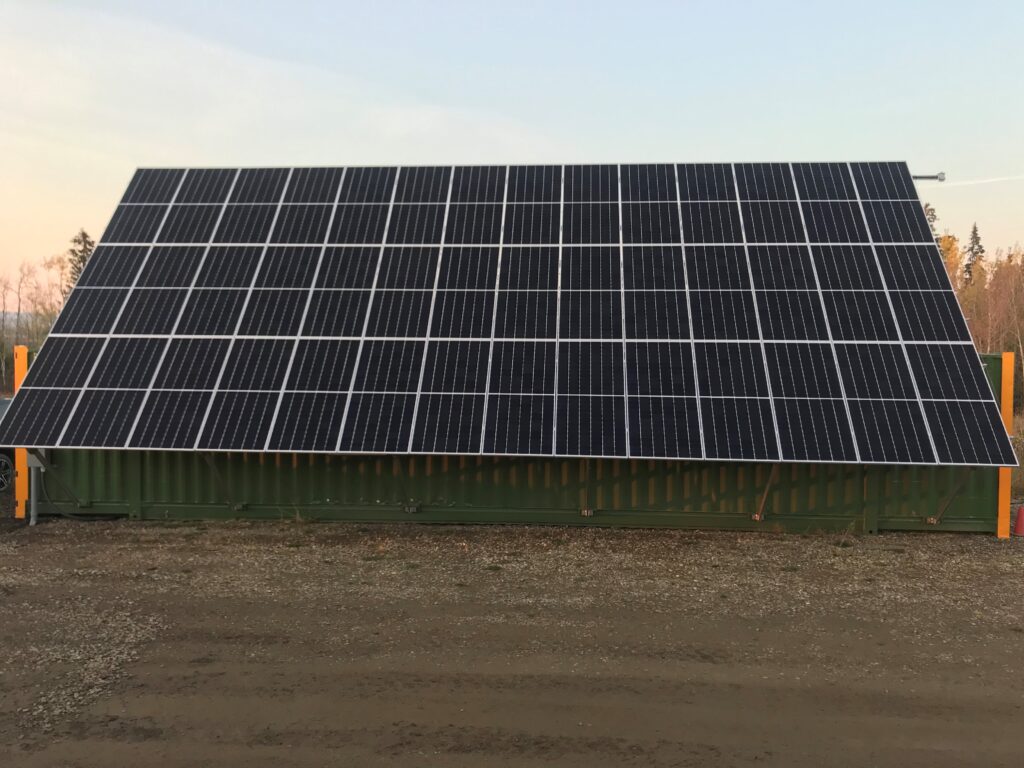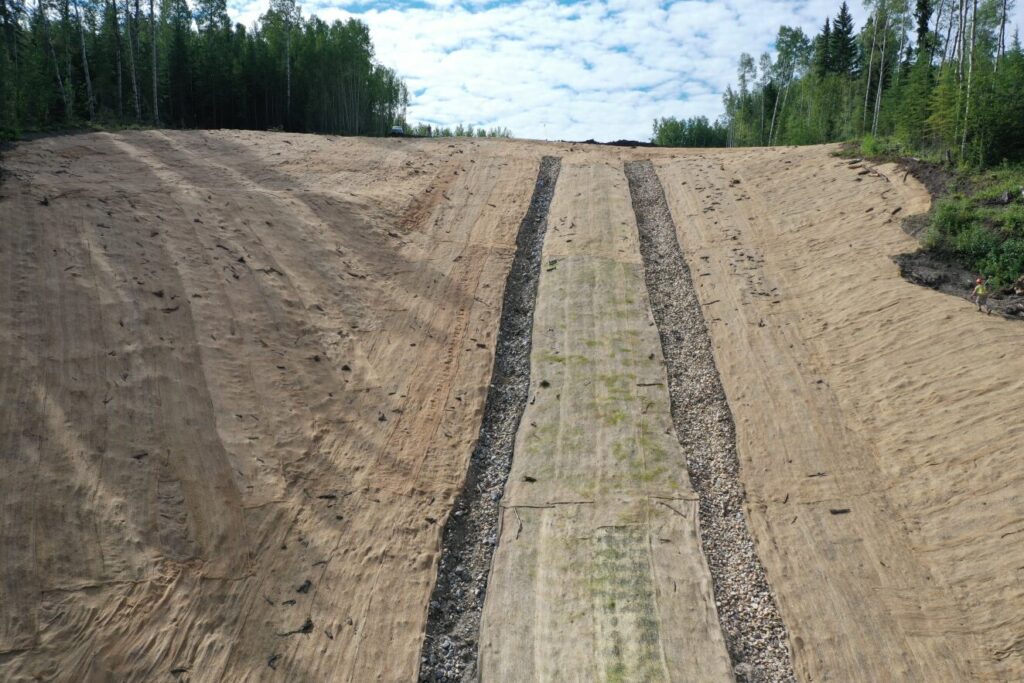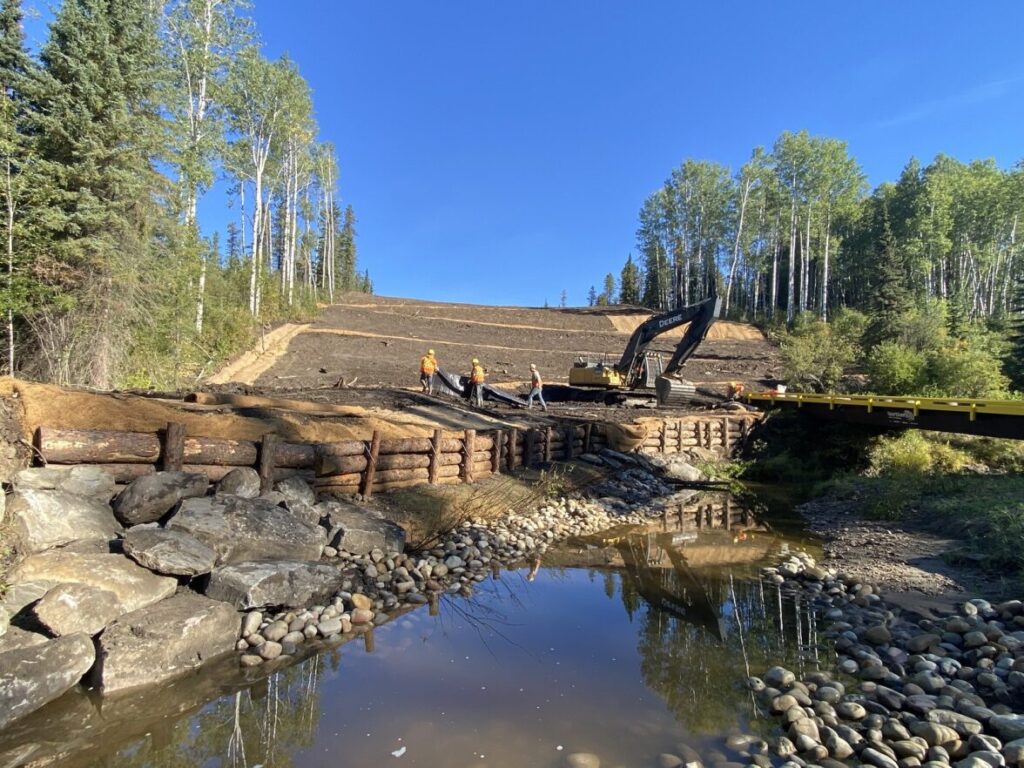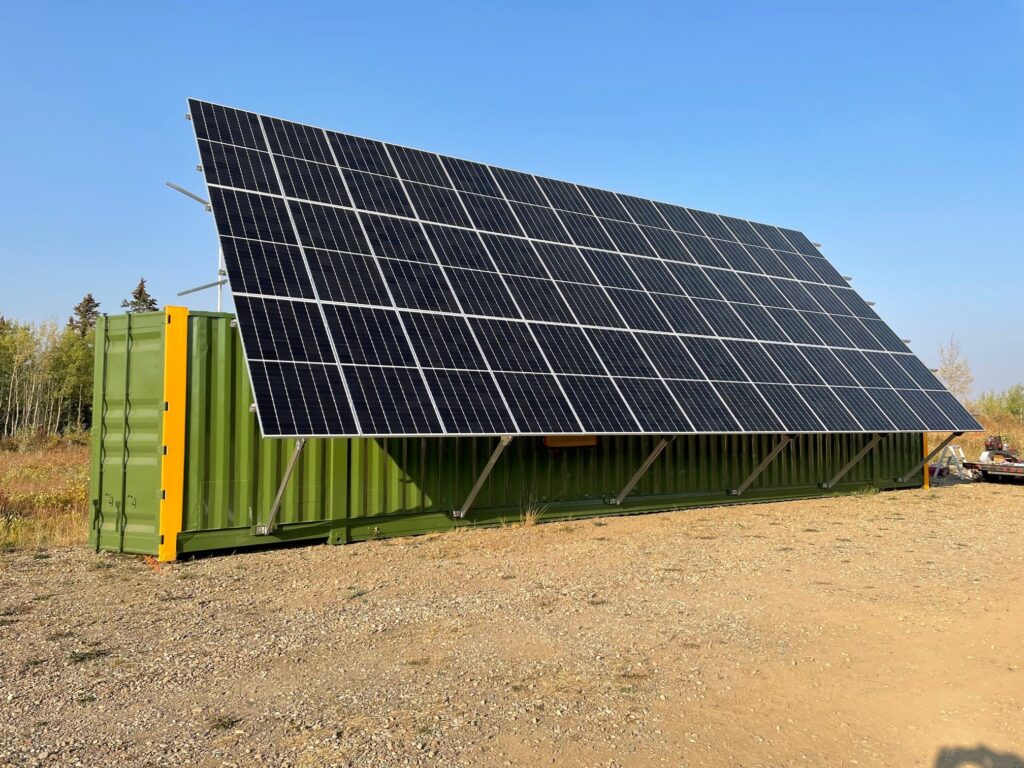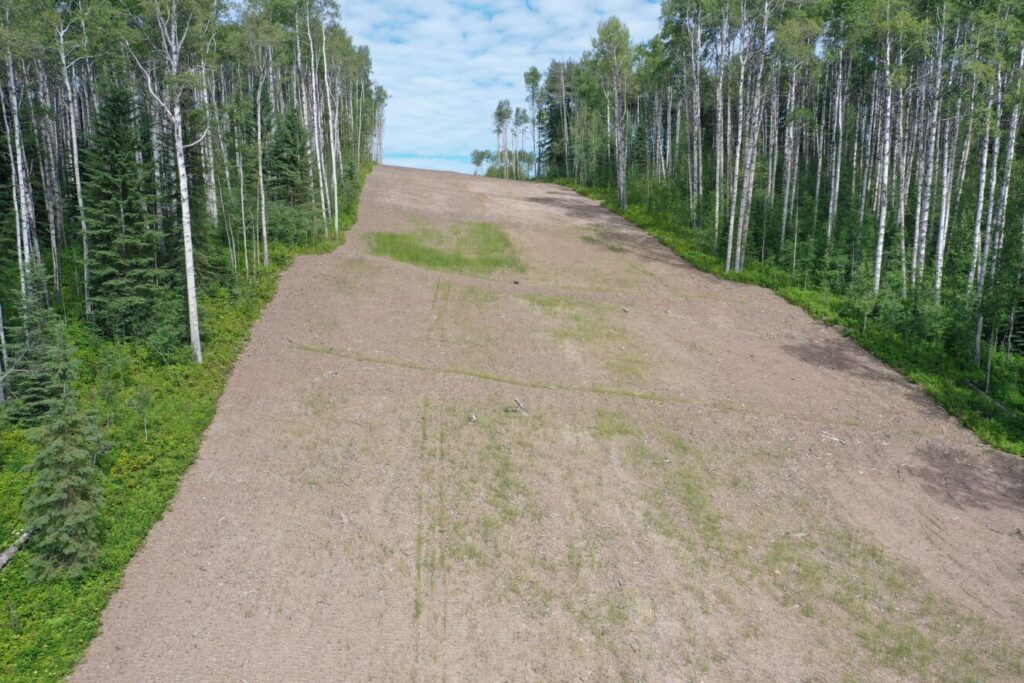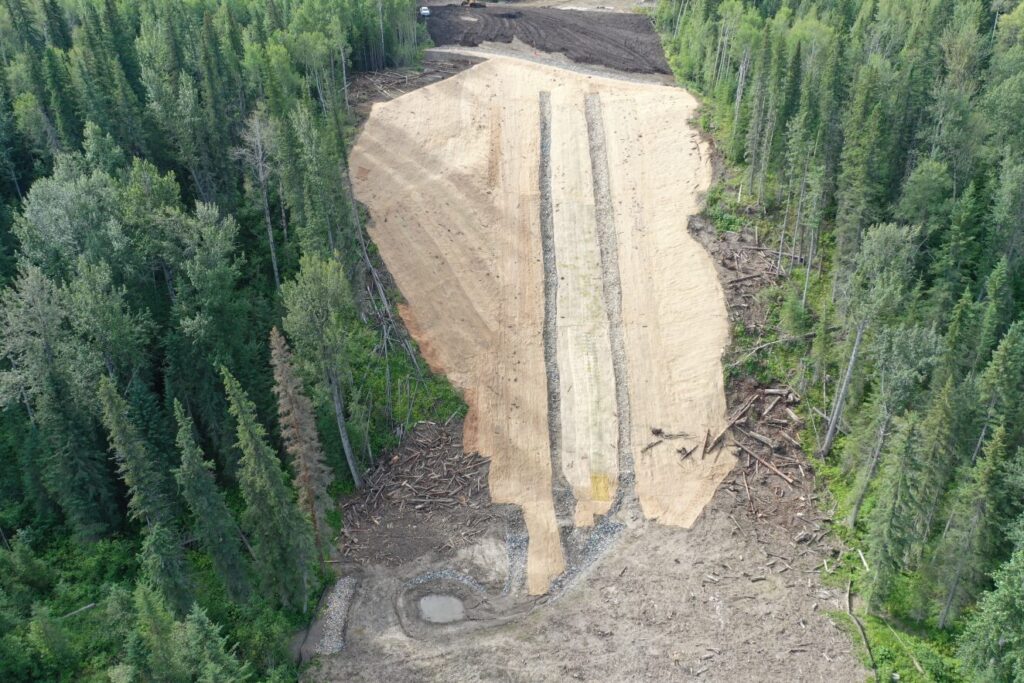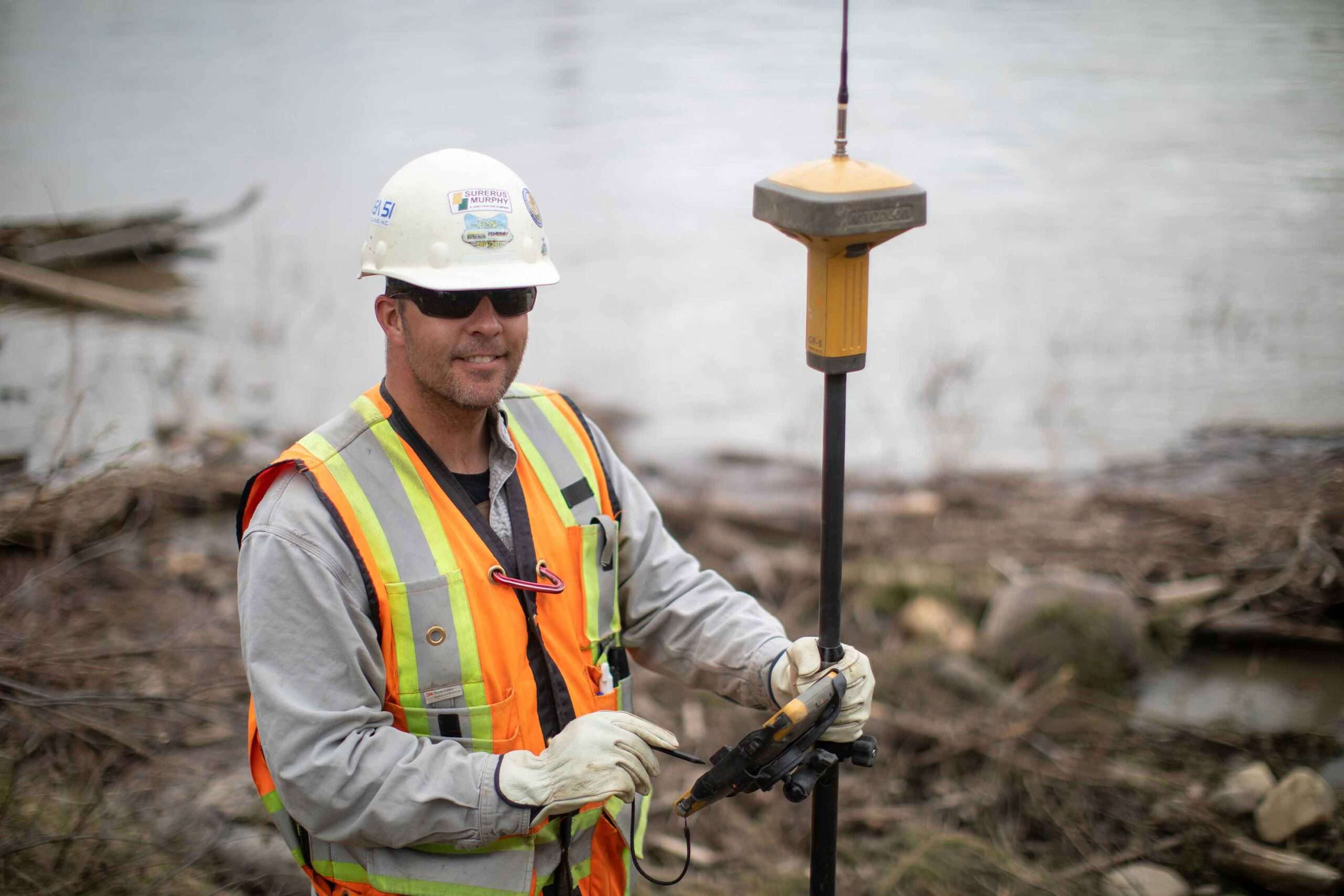
Sustainability
Working Responsibly, Acting as Stewards of the Land.
Working responsibly and carefully, we strive to be stewards of the land and ensure our projects are responsibly managed, with consideration of Indigenous input and reduced negative impacts.
Drawing from the lessons of early engineers who harnessed kinetic principles to enhance energy transfer, Surerus Murphy’s Environmental Protection Plan resembles a system of interconnected, rotating gears that rely on each other for momentum and effectiveness.
The 10 Gears of Our Environment Machine:
01. Compliance with Regulations
Compliance with Federal, Provincial, and municipal regulations during construction execution and projects specific deliverables.
This gear is the most important. All construction projects are closely monitored by various regulatory entities to ensure lawful compliance
and project success.

02. Water Management
Water Management includes all human/industrial water use, water bodies, wetlands.
Water is the second most important natural resource after air, and is sensitive to construction impacts.
Water management and monitoring is a key component in any environmental program.
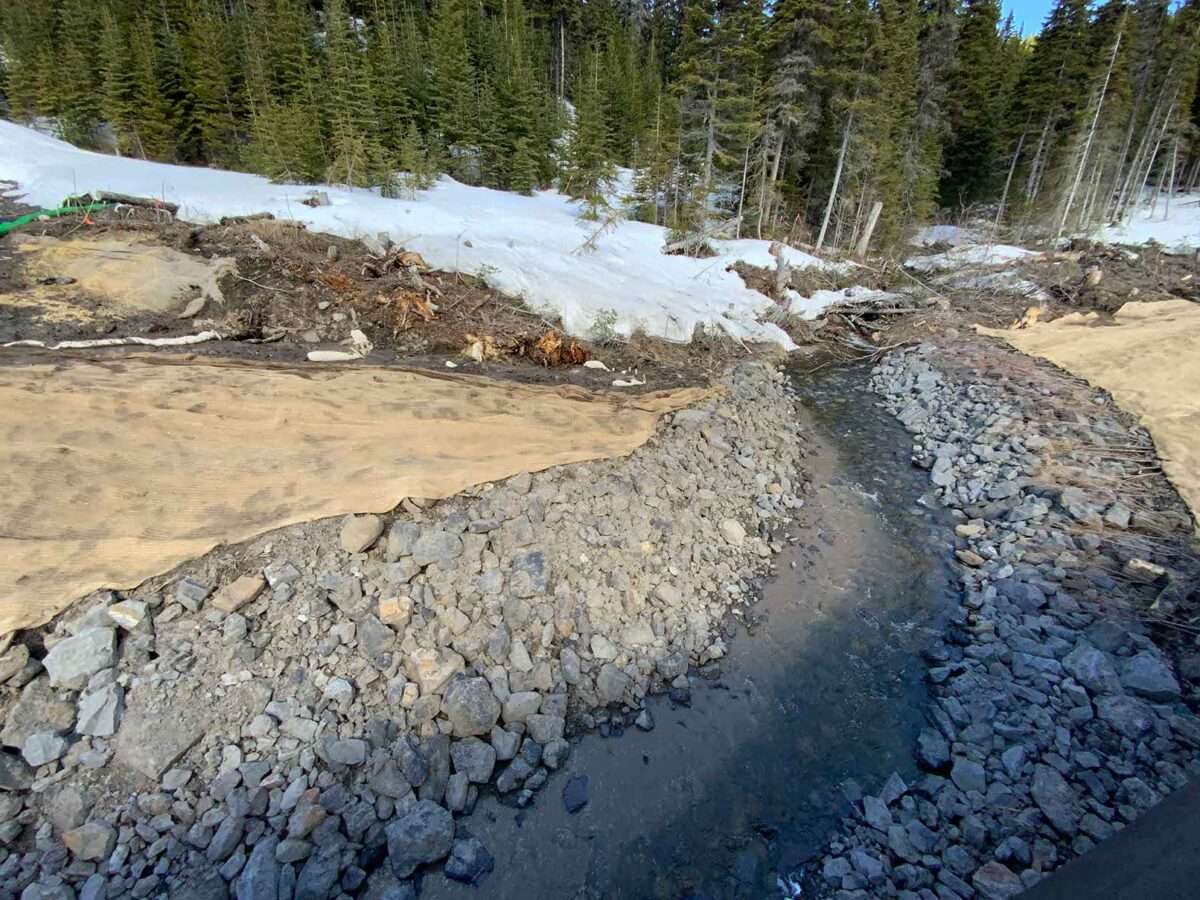
03. Soil Management
Soil Management includes all grading plans, soil salvaging for reclamation, and erosion and sediment control:
Pipeline construction begins and ends with the soil; properly reclaiming the right-of-way to its ongoing natural condition depends greatly on soil management endeavours.
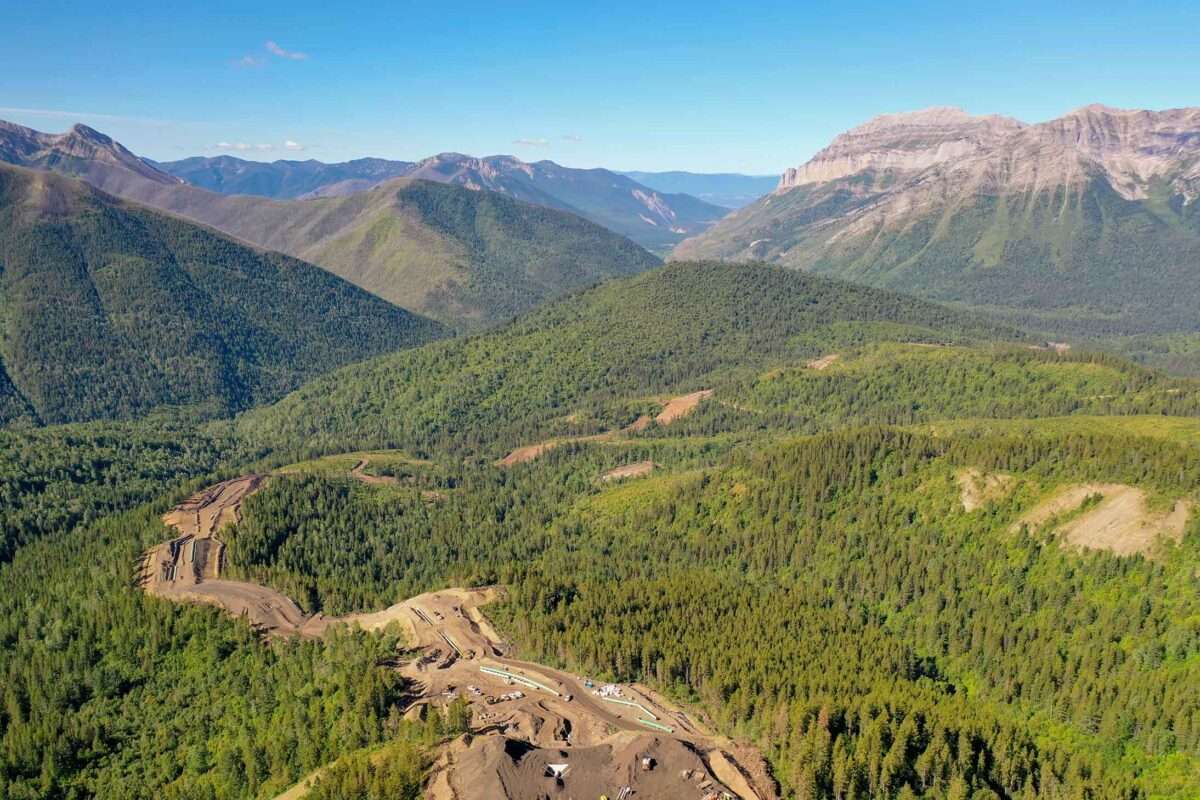
04. Vegetation Management
Vegetation Management includes all weed control, revegetation plans and biosecurity.
Pipeline construction begins and ends with the soil; properly reclaiming the right-of-way to its ongoing natural condition depends greatly on soil management endeavours.
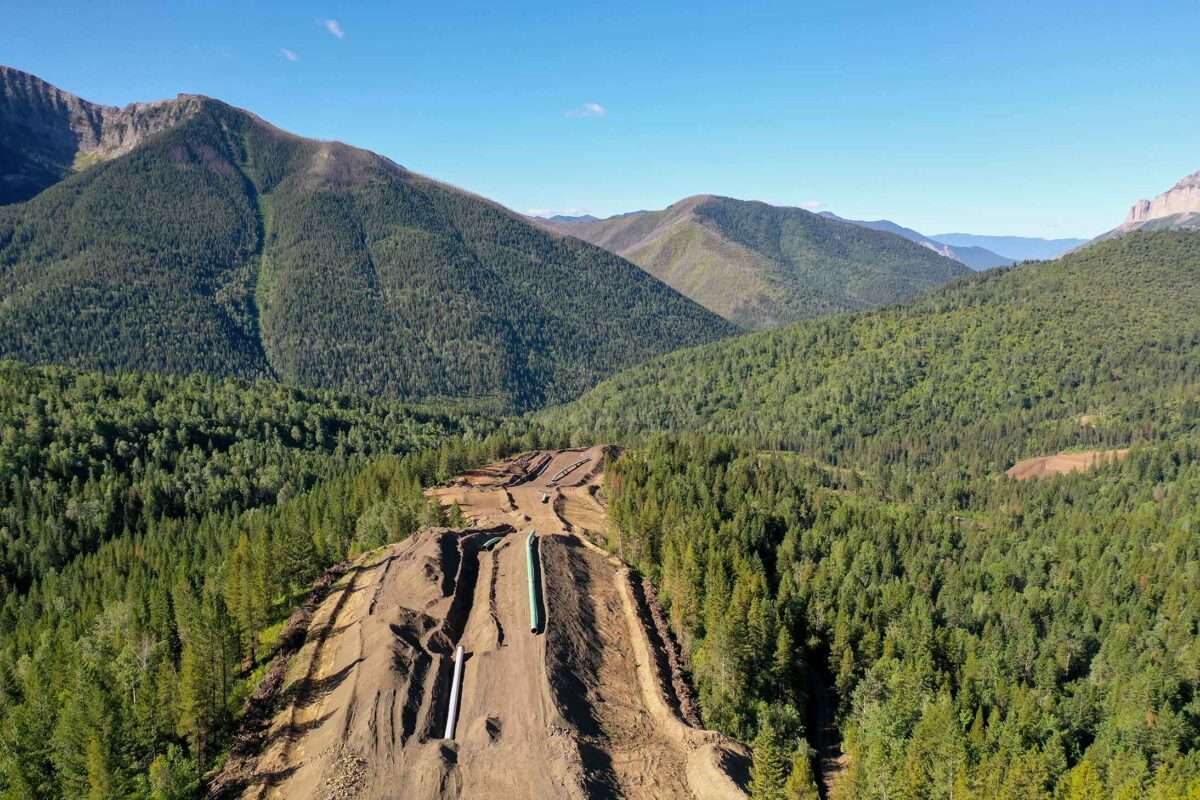
05. Wildlife Management
Terrestrial, avian, and aquatic life are present along our construction developments.
Wildlife management is an important element of the Environmental Protection Plan. Wildlife surveys identify areas of importance for restrictions and special controls.

06. Waste Management
Waste Management includes all hazardous and non-hazardous waste, and recycling.
Materials and chemicals at the end of their lifecycle become a waste. Waste segregation is critical to reducing waste volumes at landfills, as well as waste storage. Records of transporting these materials to disposal sites are federally regulated.
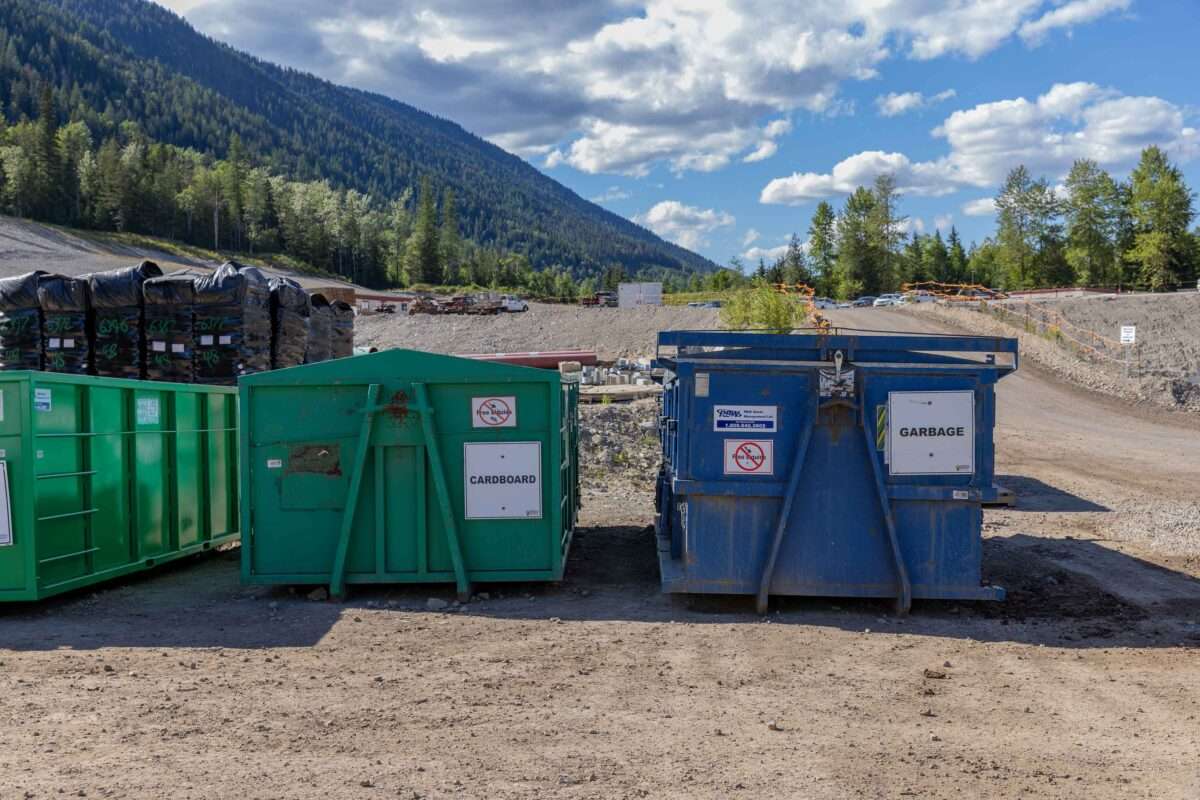
07. Spill Management
Our culture makes us different. We are values-driven through and through. Our values of Trust, Integrity, Never Harm, and Assured Delivery guide how we work with each other, our communities, and how we treat our clients.
We will move mountains – literally – to ensure we deliver a quality product collaboratively.
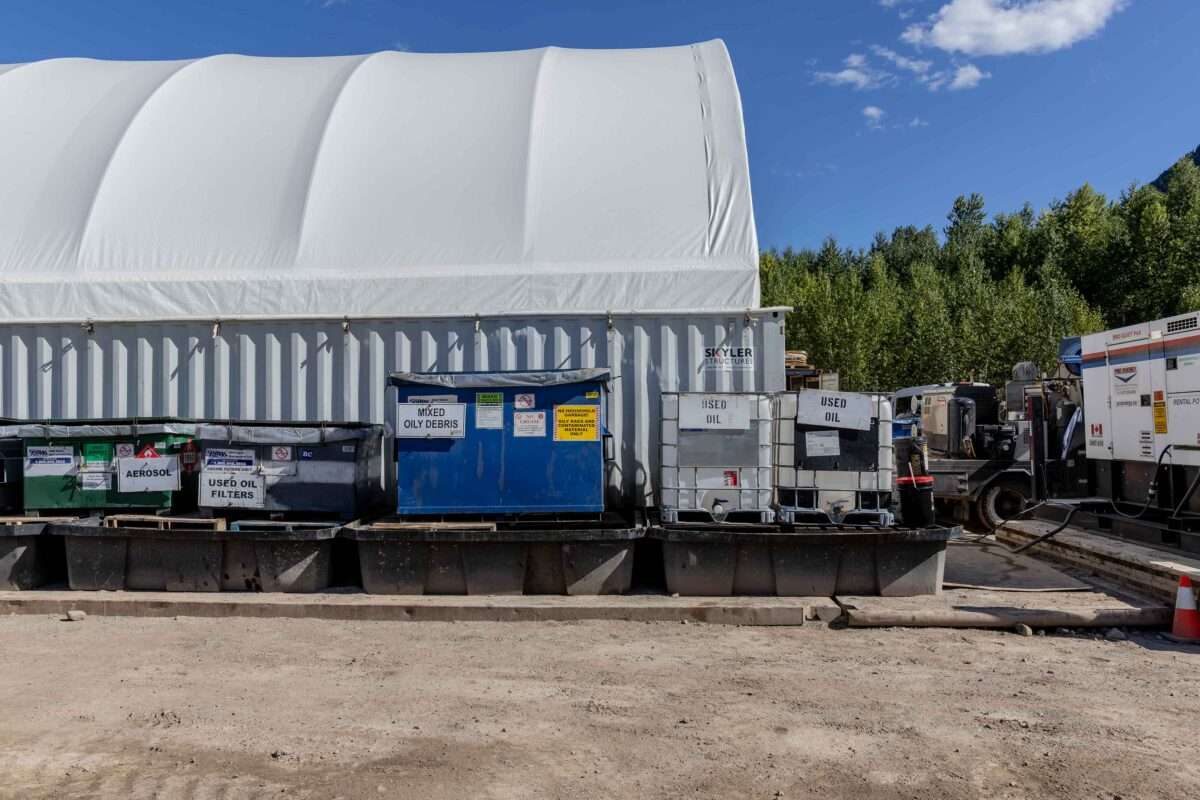
08. Chemical Products Management
Chemical Products Management – hazardous products, mud management, fuel and GHG reporting:
The transportation, use and storage of chemical products (such as fuels, lubricants, and hydraulic fluids) are regulated.
We must follow manufacture specifications for handling and storage.
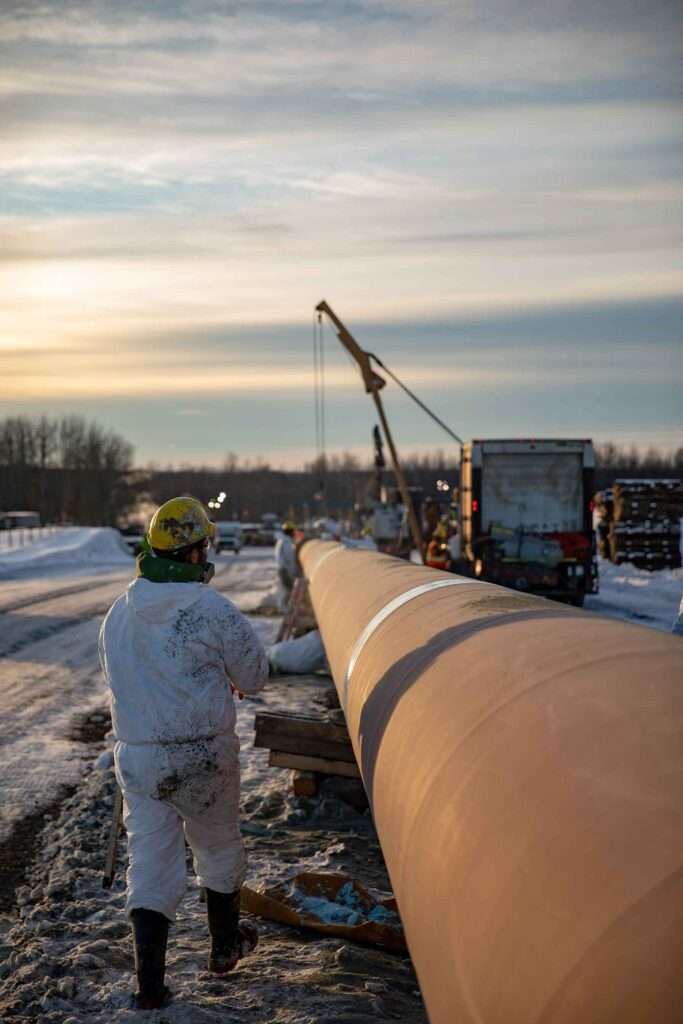
09. Air Quality Management
Air Quality Management includes dust control and monitoring programs.
Air is the most import resource to sustain life.
Process and Controls that minimize air pollution need to be closely followed on all projects.
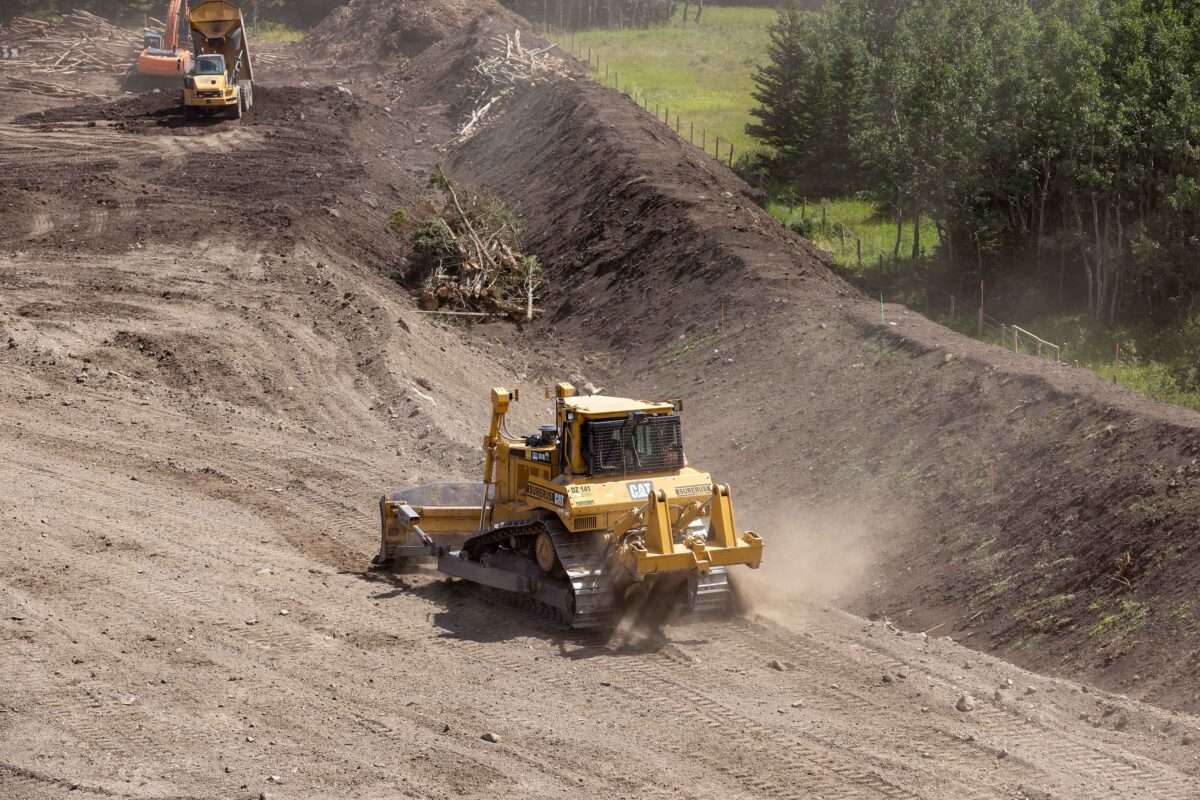
10. Archaeological and Heritage Resources
Archaeology includes items made by or used by humans and the remains of prehistoric animals or plants.
All discoveries of archaeological objects or resources must be reported immediately to a supervisor.
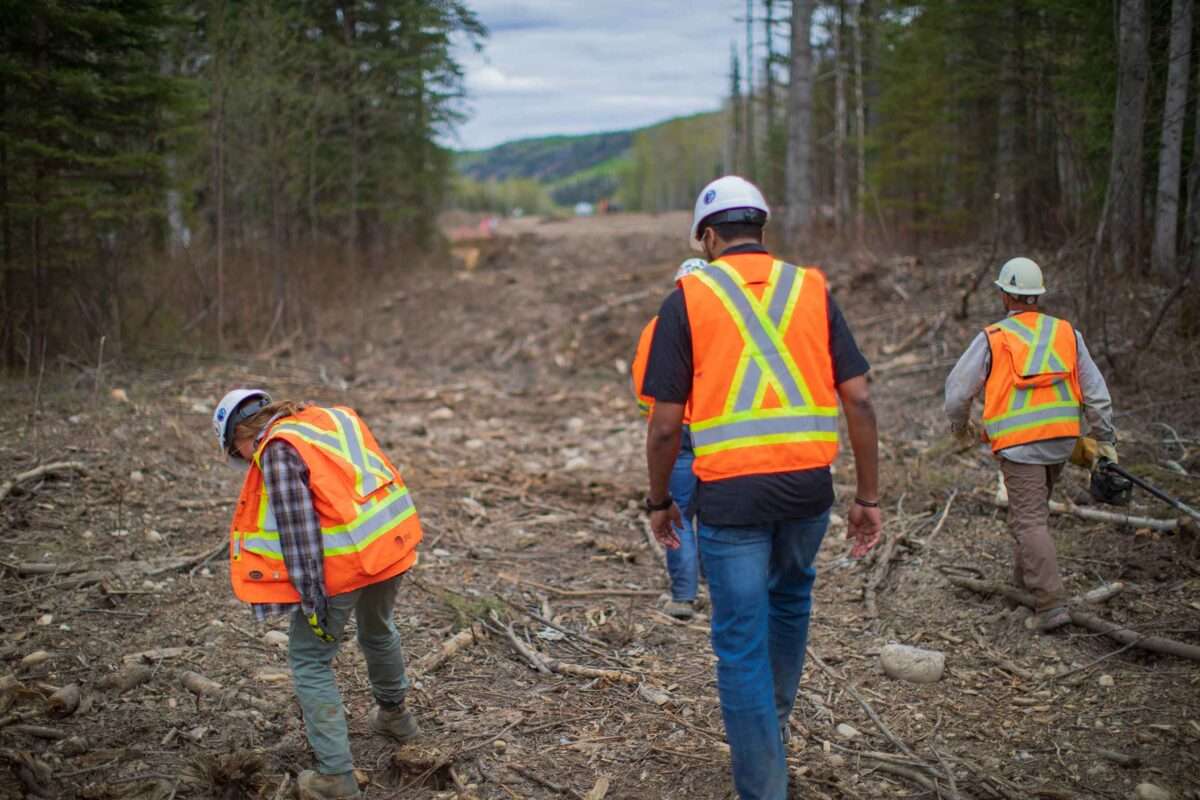
Responsible Stewardship
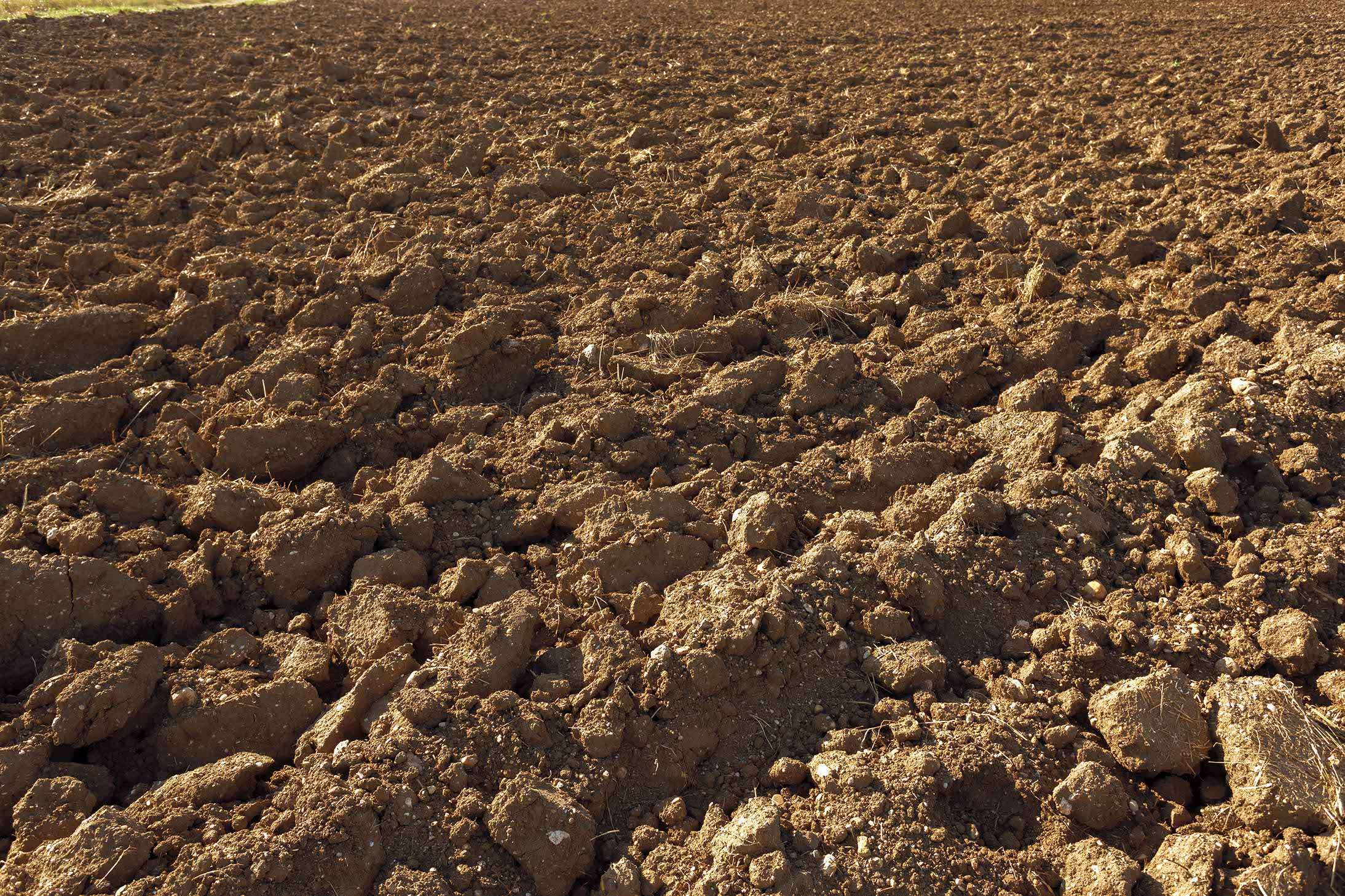
Mitigate Soil Erosion

Wildlife Protection
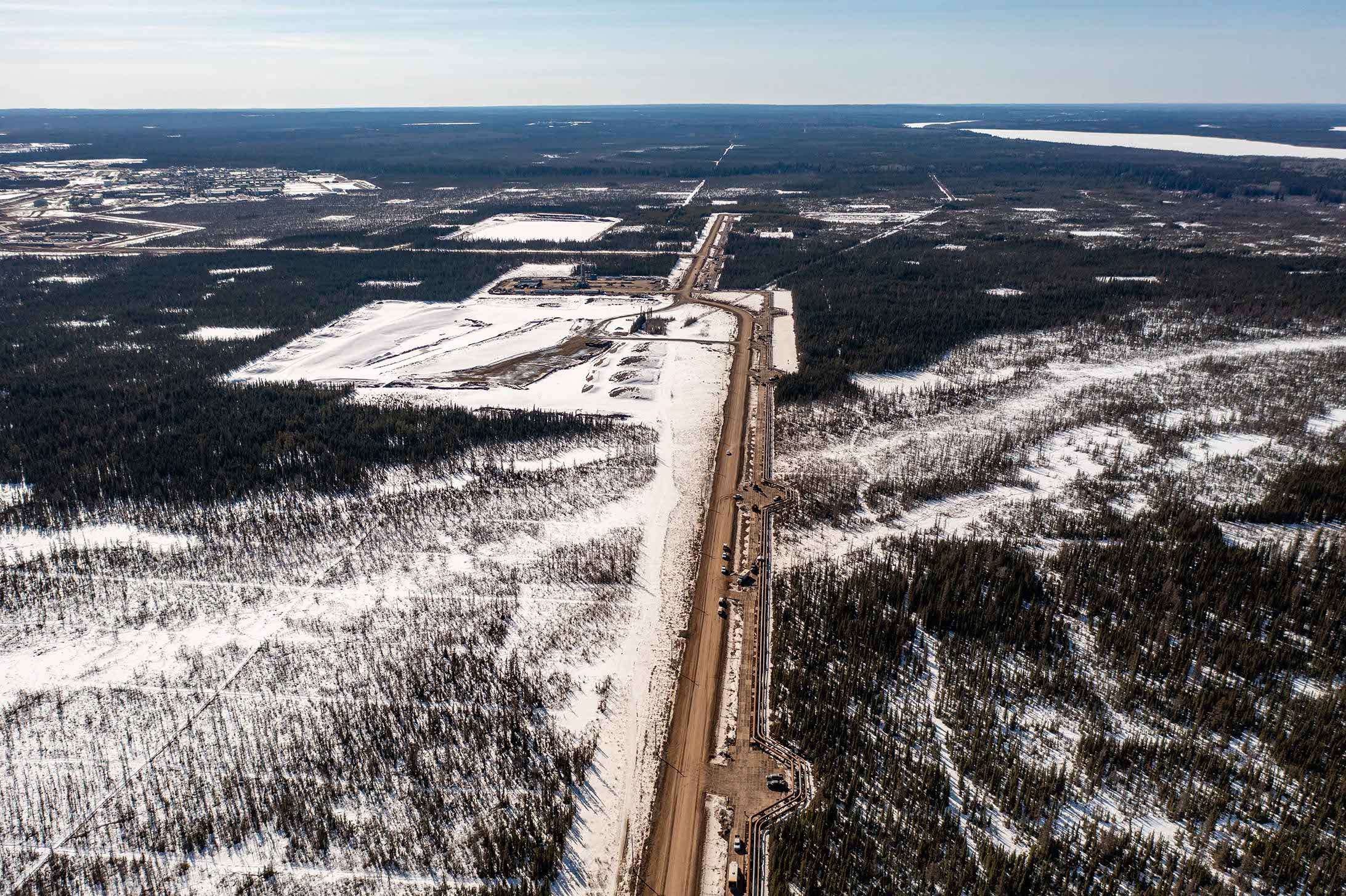
Vulnerable Flora and Fauna Protection
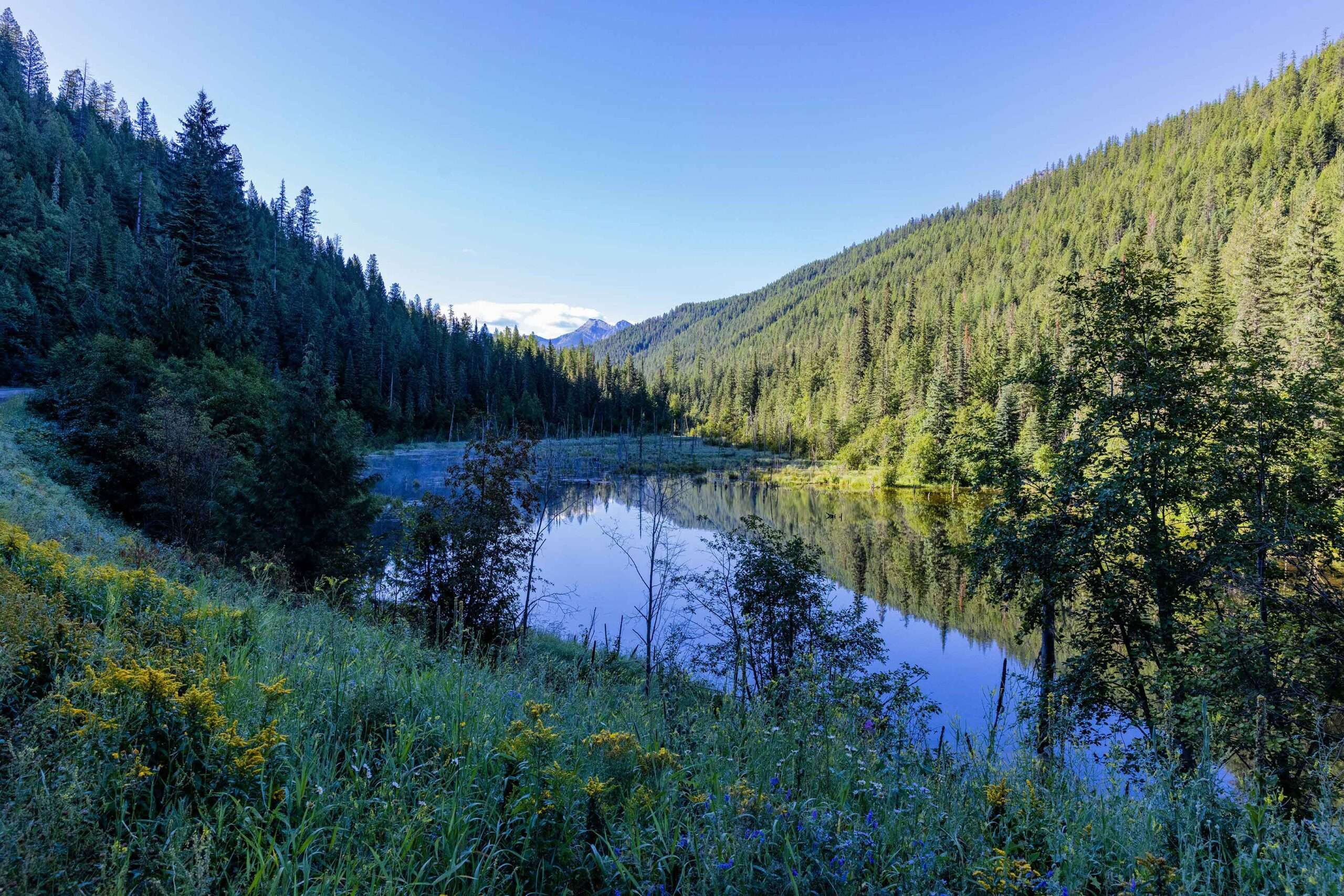
Consideration of Water Sources
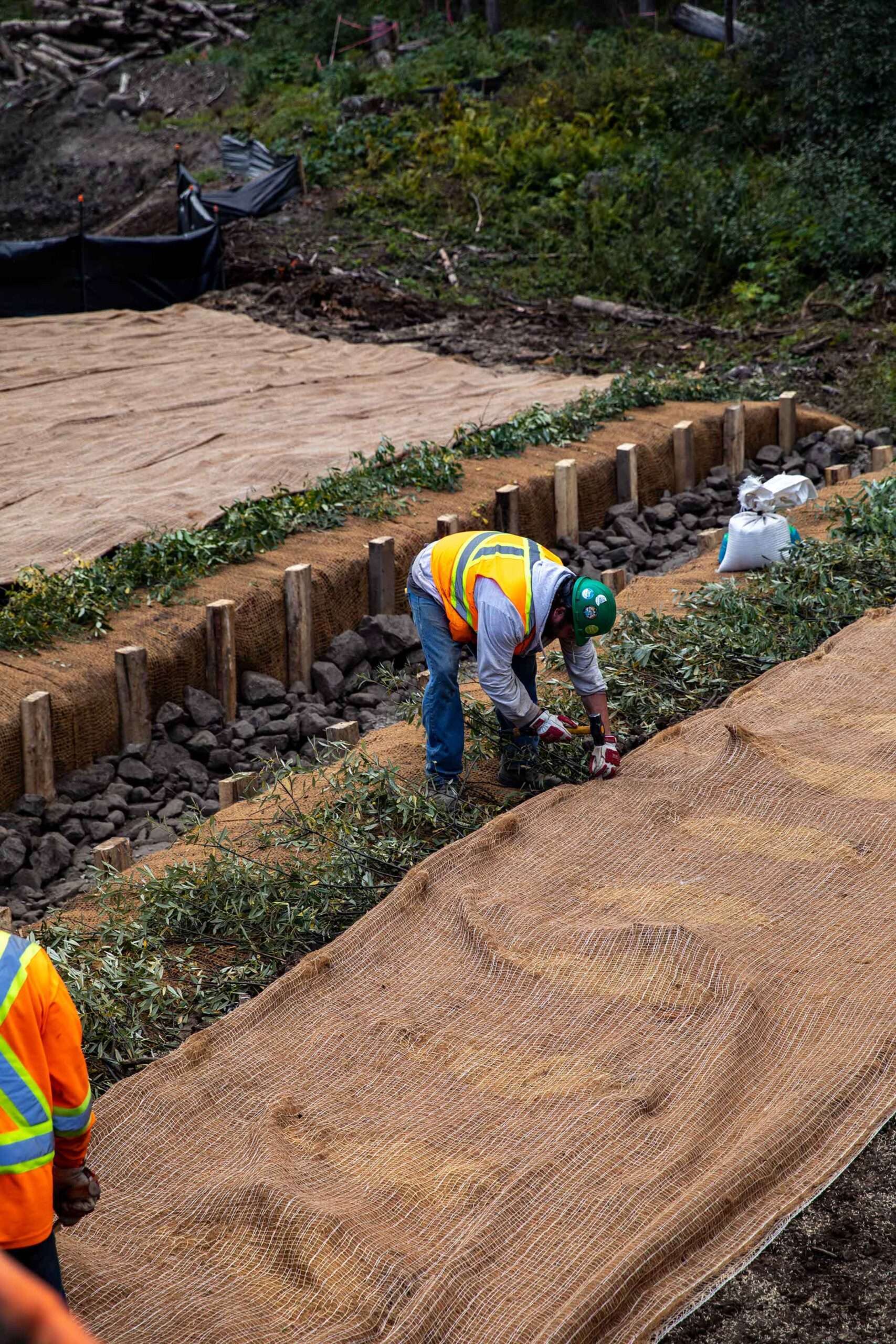
Invasive Plant Management
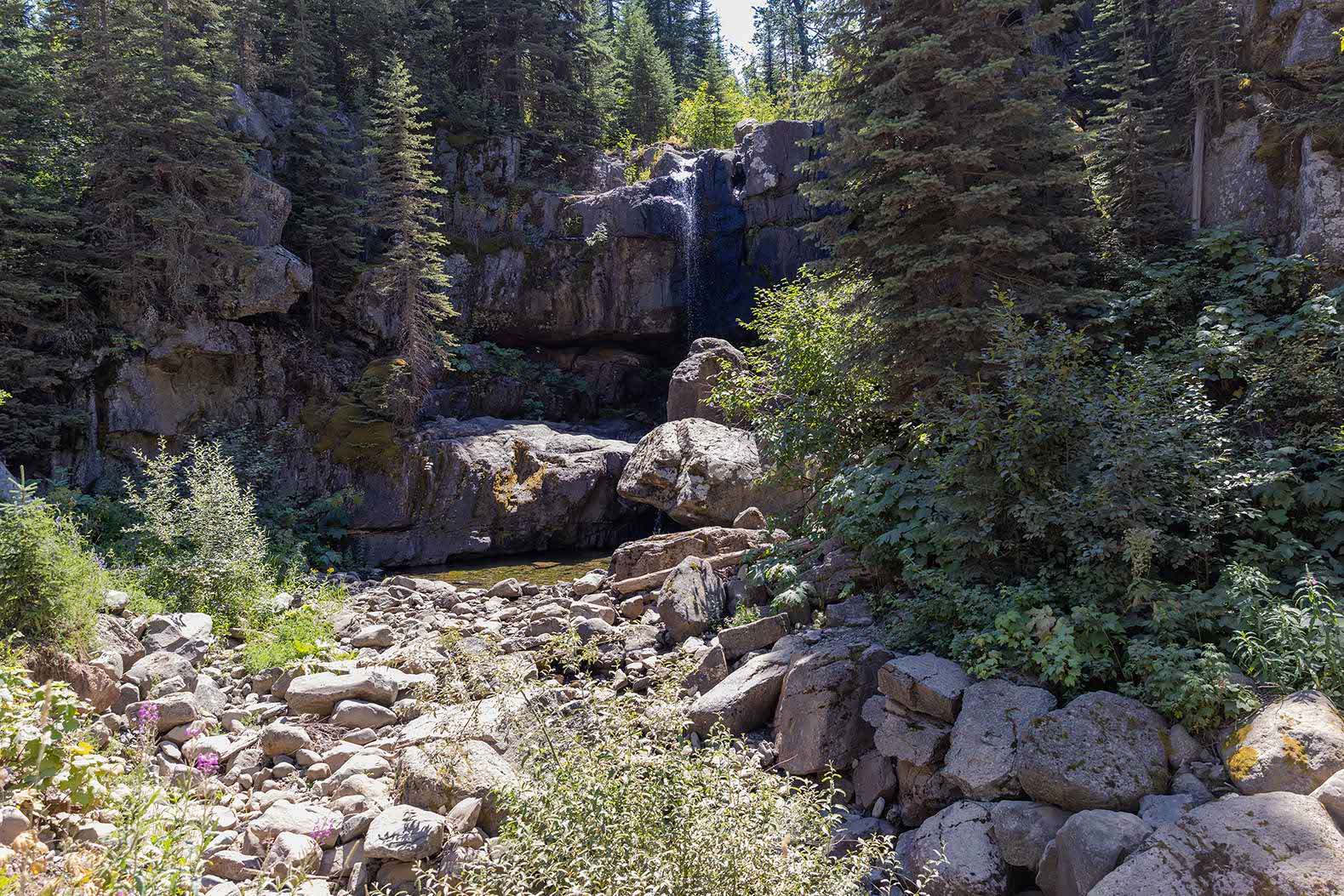
Reclamation
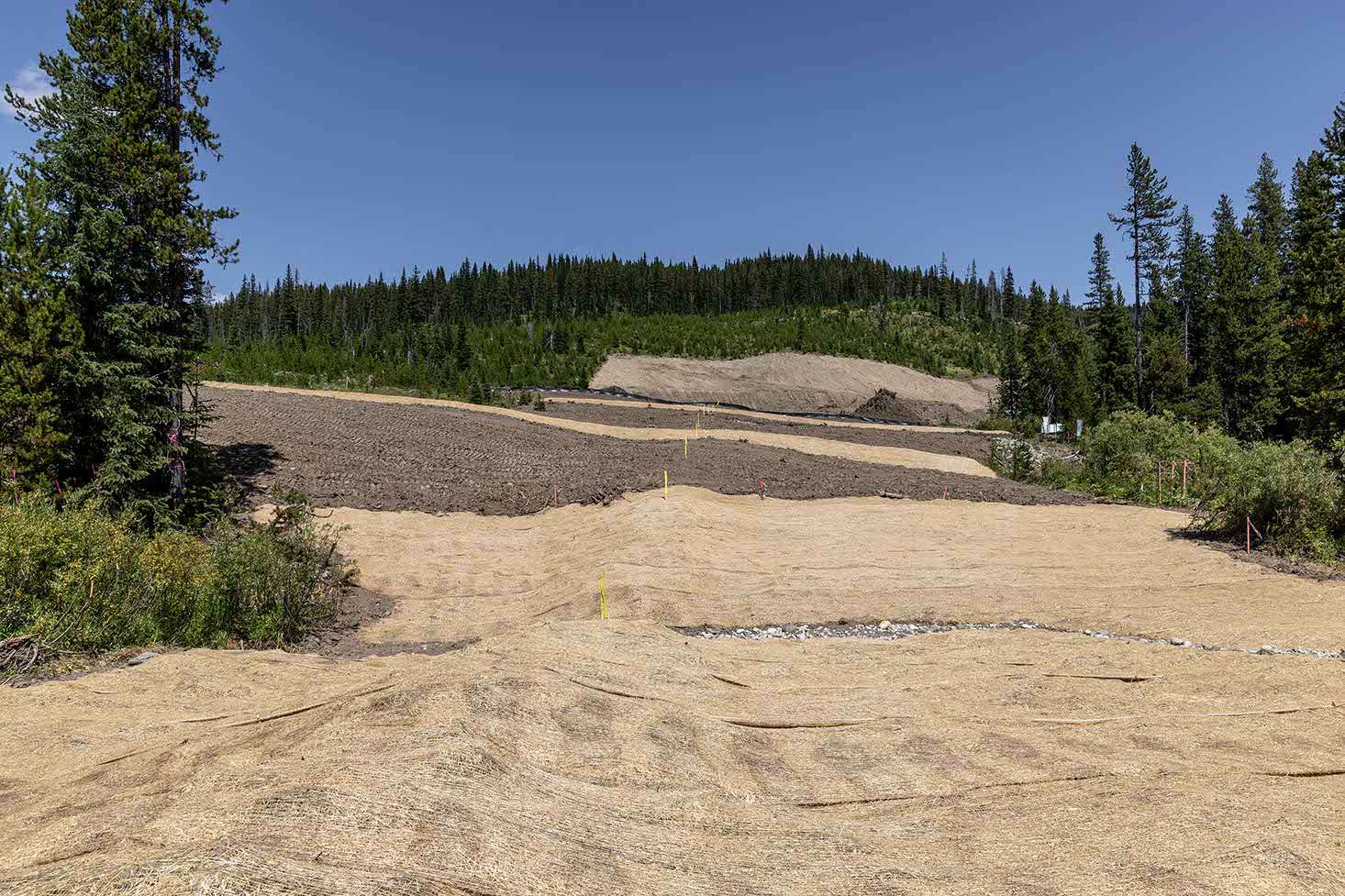
Biodiversity
Responsible Stewards of the Land
Read More.
| Biodiversity Fact Sheet 1 | Download |
| Biodiversity Fact Sheet 2 | Download |
| Invasive Plant Management | Download |
| Reclamation | Download |
| DESC-Fact Sheet | Download |
| Watercourse Crossing Fact Sheet | Download |

